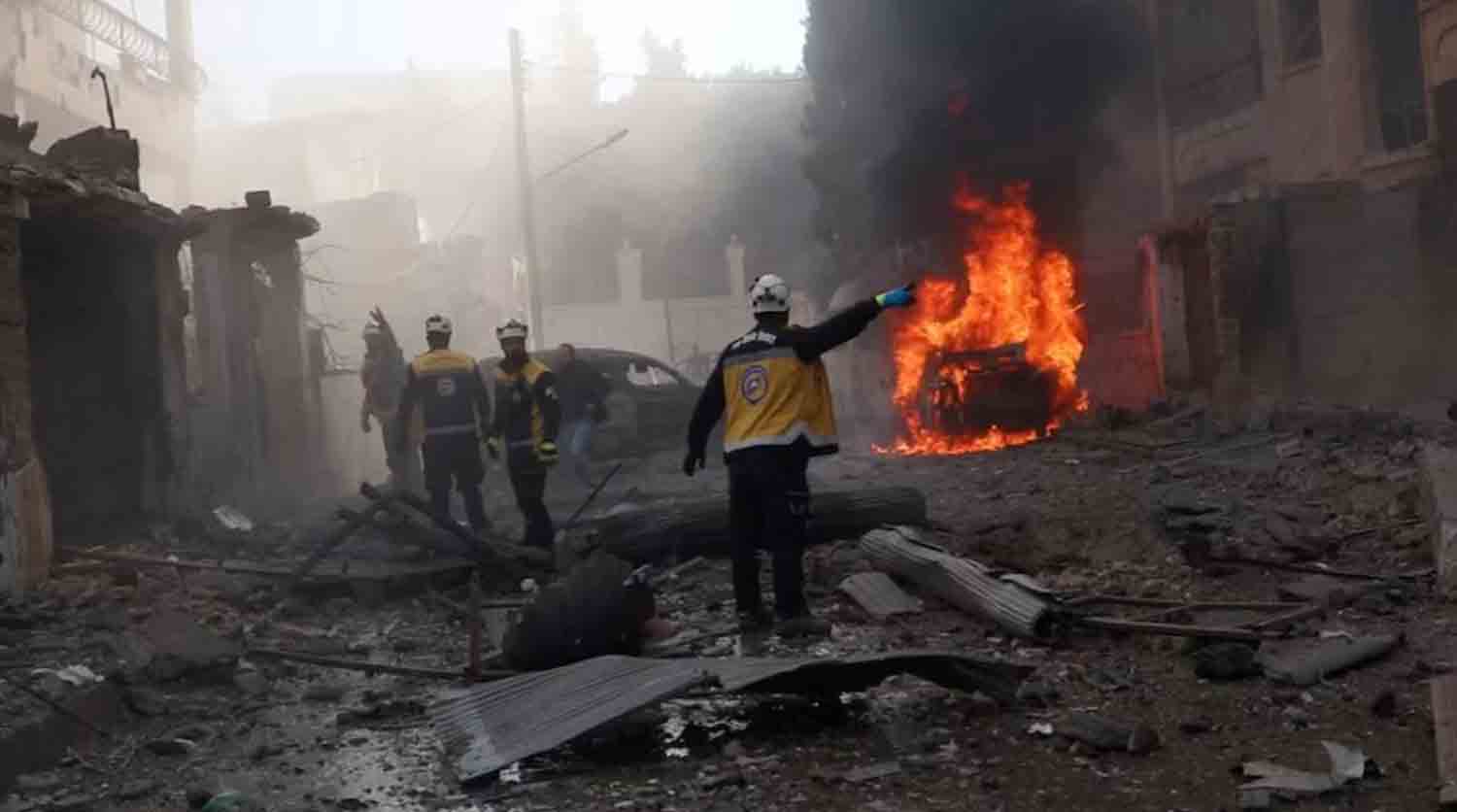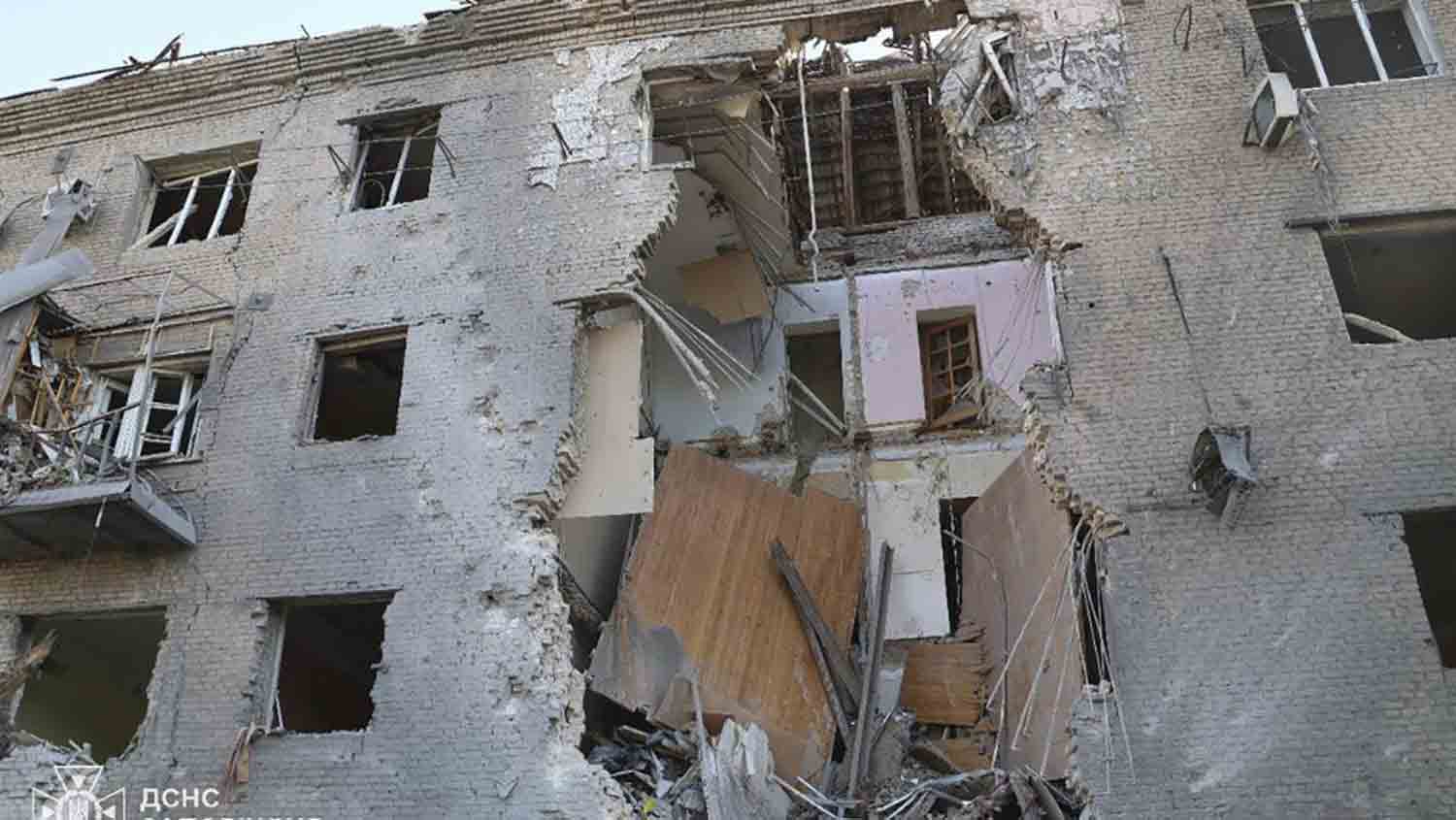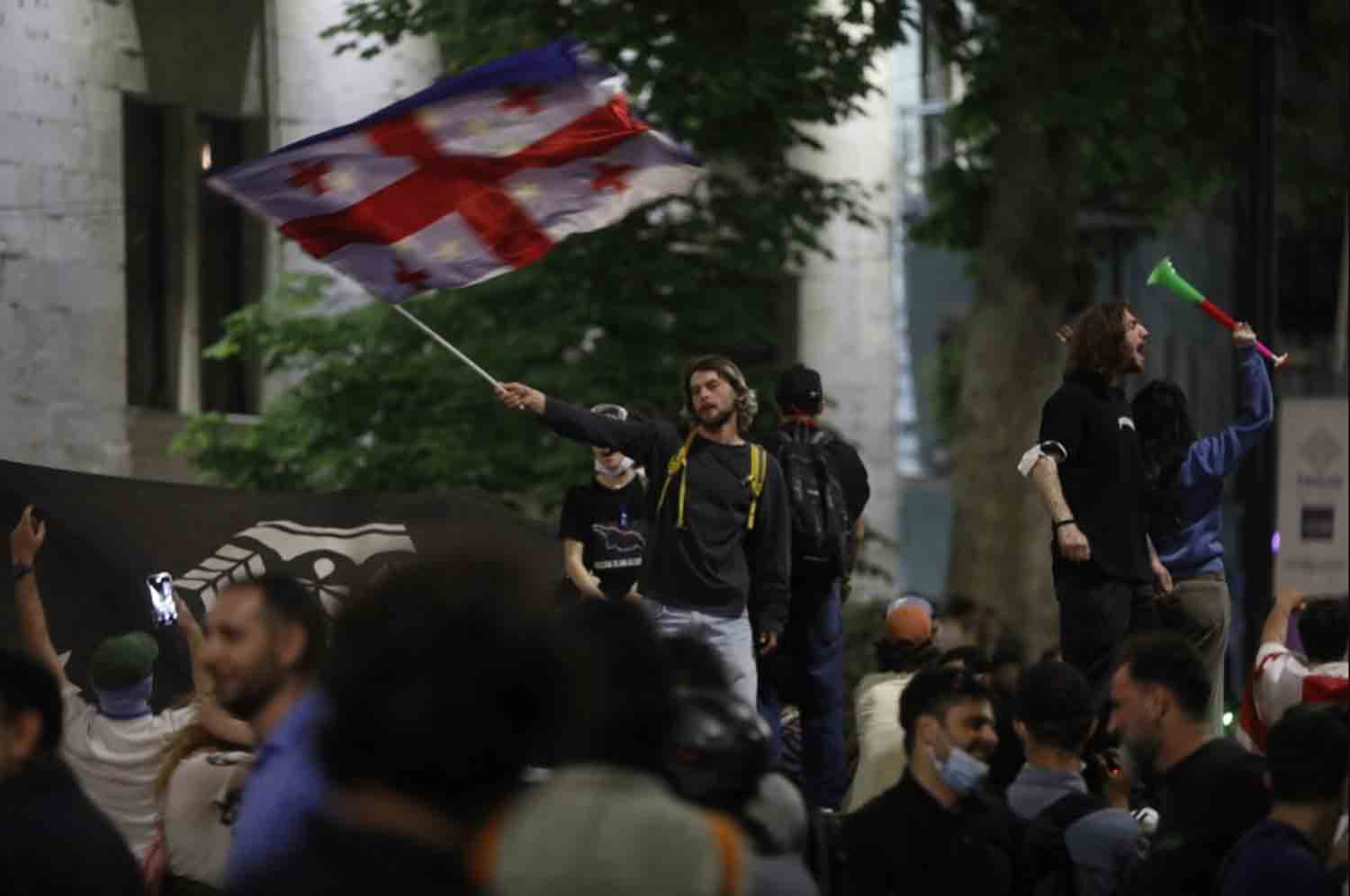The recent surge in violence in northwest Syria has thrust Aleppo into the spotlight of renewed conflict, occurring shortly after a ceasefire was declared in Lebanon. This unforeseen escalation signifies the onset of a new wave of violence not witnessed in four years, as a coalition of armed factions, including the Türkiye-supported Syrian National Army and jihadist groups such as the Levant Liberation Organization (previously known as Jebhat al-Nusra), has initiated a strategic offensive against the city, which is home to over two million residents.
The struggle for Aleppo transcends the city itself, serving as a reflection of the larger regional power dynamics that have characterized Syria’s civil war. This latest offensive raises serious concerns about the region’s stability and the effectiveness of global diplomatic initiatives. Despite ongoing international efforts to achieve peace, Syria remains profoundly fragmented, and the geopolitical implications in Aleppo are more critical than ever.
In a meticulously coordinated operation, fighters from various militant factions have infiltrated the western suburbs of the city, moving towards Saadallah al-Jabri Square, a key symbolic location. This represents a strategic shift, as these groups had previously captured substantial areas in northern and western Aleppo, along with portions of eastern Idlib. For many residents, the swift advance of these militants serves as a stark reminder that lasting peace remains elusive.
The response from the Syrian army has been lackluster. The defense ministry acknowledged a “large-scale” and “unexpected” assault by opposition forces but did not provide a robust counteroffensive plan. Additionally, there have been reports of airstrikes conducted by Russian and Syrian forces aimed at disrupting the supply lines of militants in the suburbs of Aleppo and Idlib. However, these actions may not significantly alter the situation, raising doubts about Damascus’ ability to repel the insurgents amid this new wave of hostilities.
Aleppo, Syria’s second-largest city, serves as a crucial economic center and a key stronghold for the government’s authority in the region. The loss of this city to extremist factions would represent a significant setback for the regime in Damascus. Located less than 200 miles (310 kilometers) from the capital, Aleppo possesses both symbolic and strategic significance. Its capture would alter the power dynamics within Syria and considerably undermine Bashar Assad’s government.
The complexity of the current conflict is further heightened by the involvement of Iran, which maintains a substantial military presence in Syria. Despite the existence of numerous Iranian military installations—comprising 52 bases and 177 additional sites in Aleppo—Iranian forces have not effectively countered the advancing extremist groups. This lack of decisive action raises concerns regarding Tehran’s strategic approach in Syria, as its military assets appear increasingly susceptible to assaults from more nimble opposition forces.
The question arises as to why Iran, despite its considerable military capabilities, has struggled to effectively combat these groups. A potential lack of air support and an overreliance on Syrian infrastructure may contribute to this ineffectiveness. Additionally, Iranian forces have shown reluctance to engage directly, possibly due to the broader geopolitical landscape and the imminent threat posed by Israeli and international coalition strikes. This cautious strategy is allowing groups classified as terrorist organizations to penetrate Aleppo with minimal opposition.
Damascus has been compelled to recognize the deteriorating circumstances, declaring its intention to enhance military supplies to fortify its position. Nevertheless, these actions appear to be more reactive than proactive, indicating a shift towards a defensive military strategy.
The unexpected insurgency raises significant concerns regarding the sustainability of the 2020 ceasefire agreement facilitated by Russia and Türkiye. It underscores the agreement’s vulnerability, and as hostilities escalate, the stability of the region is increasingly at risk. The inability of international diplomacy to achieve a lasting resolution in Syria is also apparent. UN Special Envoy Geir Pedersen’s remarks about a “political stalemate” reflect a widespread global discontent with the lack of advancement. Efforts to resolve the conflict have been hindered by stagnation and conflicting interests, rendering the prospect of enduring peace increasingly elusive.
On a regional level, Turkish President Recep Tayyip Erdogan’s initiatives to engage in dialogue with Syrian President Bashar Assad have also reached an impasse. Erdogan has voiced a commitment to normalization, which he believes would facilitate peace in Syria. However, no substantial actions have been undertaken to realize this objective. Türkiye, having welcomed over three million Syrian refugees, is under growing pressure regarding human displacement and its ongoing struggles with Kurdish factions. Any meaningful advancement towards peace necessitates dialogue between Ankara and Damascus, a crucial component that remains absent from the current approach.
Turkey is enhancing its military footprint in Syria, operating 12 bases and 114 military sites, with a notable concentration in Aleppo and Idlib. Although Iranian forces outnumber Turkish troops, Ankara’s military strengths—especially in air defense, artillery, and advanced communication technologies—are establishing it as a more significant force in the Syrian conflict.
This evolution in power dynamics has enabled Turkey to strengthen its influence in Syria, allowing it to exert control over various armed factions it supports, despite not formally recognizing this involvement. Through these strategies, Ankara is solidifying its role, particularly in Aleppo, positioning itself to be pivotal in the future developments of the conflict.
The geopolitical tensions are escalating. The Syrian civil war, especially the contest for Aleppo, exemplifies the broader competition for dominance between regional powers such as Turkey and Iran. Turkey’s military operations in Syria are expected to grow, as its influence becomes increasingly vital for the region’s stability.
Israel’s longstanding apprehensions regarding the rising power of Iran-aligned forces near its borders have intensified as Syria’s internal strife continues. In response, Israel has taken on a more active role in shaping the regional security environment, adopting measures to counter the spread of Iranian influence.
The recent change in Israeli strategy reflects a wider approach anticipated from the incoming Trump administration, which is expected to focus on countering Iran and enhancing relationships with regional partners such as Israel. With a Republican administration potentially re-engaging, Israel’s strategic priorities and its strong alliance with the US may lead to coordinated efforts in Syria, impacting both local dynamics and international stakeholders.
Will the developments in Syria ultimately necessitate a transformation in regional power dynamics? Could Türkiye’s increasing influence indicate a decline in Iranian power in the region? Furthermore, as Aleppo becomes a critical arena for larger geopolitical conflicts, what roles will Israel and the US assume in determining the eventual outcome?
The conflict in Aleppo transcends a mere military engagement; it represents a central point in a power struggle that will shape not only the future of Syria but also the geopolitical landscape of the Middle East.
Discover more from Defence Talks | Defense News Hub, Military Updates, Security Insights
Subscribe to get the latest posts sent to your email.





